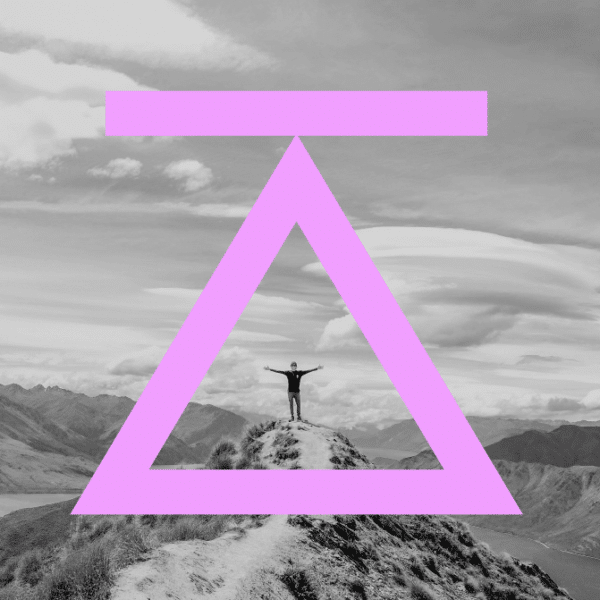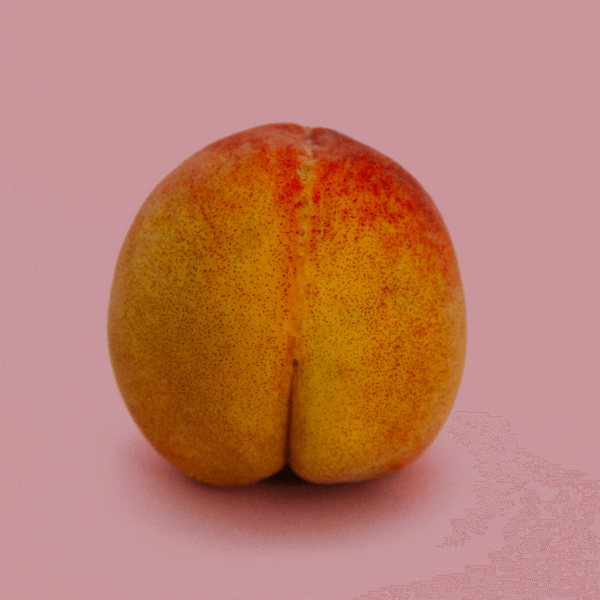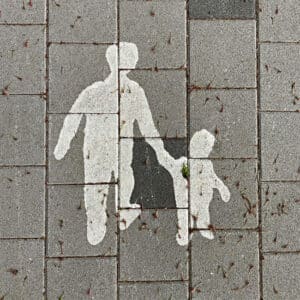
Video
Virtue ethics
BY The Ethics Centre 1 NOV 2023
What makes something right or wrong?

Ethics Unboxed: Virtue, are you being your best self?
Lesson 9 shifts the focus from questions of what is the right thing to do to what is the right kind of person to be?

ArticleHEALTH + WELLBEING
The virtues of Christmas
BY John Neil and The Ethics Centre 20 DEC 2019
Christmas means time with friends and family. It can bring up some tricky ethical questions. We look to virtue ethics for the solutions.

Article
Is modesty an outdated virtue?
BY Kym Middleton and The Ethics Centre 22 MAY 2018
Have you noticed the latest fashion trend to hit the beaches? It a rather cheeky fashion trend… the summer of bare butts.

Article
Ethics Explainer: Virtue Ethics
BY The Ethics Centre 16 FEB 2016
Does the moral character of a person count? Virtue ethics, first coined by Aristotle says a good person is someone who lives virtuously.

ArticleHEALTH + WELLBEING
David Pocock’s rugby prowess and social activism is born of virtue
BY Matthew Beard and The Ethics Centre 30 OCT 2015
David Pocock’s rugby prowess and commitment to social activism inspires awe. Fortunately, the blonde behemoth has never shied away from a challenge.

ArticleSCIENCE + TECHNOLOGY
Where did the wonder go – and can AI help us find it?
BY Lucy Gill-Simmen 17 JUL 2025
In embracing AI, we still need to cultivate imagination, wonder and critical consciousness so we can exist in a state of ‘wide-awakeness'.

ArticlePOLITICS + HUMAN RIGHTS
Making sense of our moral politics
BY Tim Dean 17 JUN 2025
Want to understand politics better and make sense of what the ‘other side’ is talking about? Then take a moment to reflect on your view of an ideal parent.

ArticlePOLITICS + HUMAN RIGHTS
Ask an ethicist: Why should I vote when everyone sucks?
BY Simon Longstaff 10 APR 2025
If you like living in a democracy, then there is a low-cost, potentially high impact way to help shape the way it operates. It is to vote.

ArticleSOCIETY + CULTURE
What does Adolescence tell us about identity?
BY Joseph Earp 27 MAR 2025
Adolescence opens up an important dialogue about the social environments that are shaping young identities today.